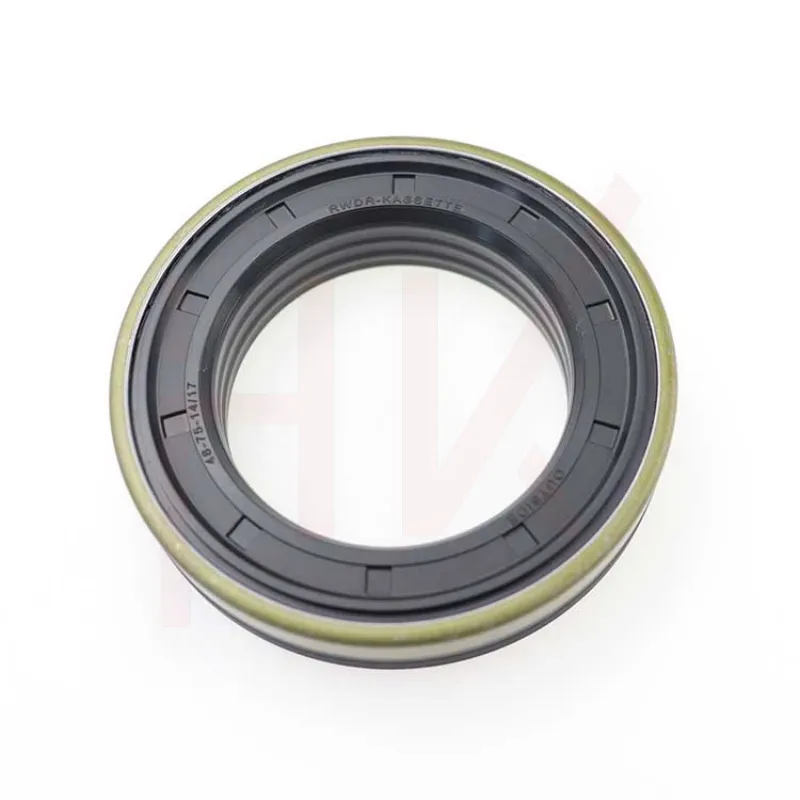10 月 . 19, 2024 06:06 Back to list
Seals and Wipers for Enhanced Performance and Durability in Mechanical Systems
The Importance of Seals and Wipers in Mechanical Systems
In the realm of mechanical engineering and design, seals and wipers play a pivotal role in ensuring the efficiency and longevity of machines and equipment. These seemingly simple components are vital for preventing leaks, protecting moving parts from contaminants, and enhancing the overall performance of various systems. Understanding their functionality and applications can help engineers and technicians make informed decisions when designing and maintaining machinery.
Understanding Seals
Seals are devices used to create a barrier between two surfaces, effectively preventing the escape of fluids or gases. They can be found in a wide range of applications, including automotive engines, hydraulic systems, and household appliances. The primary goal of a seal is to ensure that fluids, whether they are oils, gases, or fuels, remain contained within their designated areas. This containment is crucial not only for maintaining efficiency but also for preventing environmental pollution.
There are several types of seals, each designed for specific applications and environments. Common types include O-rings, lip seals, and mechanical seals. O-rings, made from elastomeric materials, are widely used due to their simplicity and effectiveness in applications where pressure differentials exist. Lip seals, with their flexible lip design, are ideal for rotating shafts and can tolerate moderate to high pressure. Mechanical seals, on the other hand, are more complex and are typically employed in high-pressure and high-temperature applications, such as in pumps and compressors.
The Role of Wipers
Wipers are components designed to remove debris, contaminants, and excess fluids from the surfaces of moving parts. They play a crucial role in extending the life of seals and components by ensuring that dirt and other foreign materials do not compromise the integrity of the sealing surfaces. The operation of wipers is paramount in systems where hydraulic fluids or lubricants are present, as any contamination can lead to premature wear or failure of the machinery.
seals and wipers

Wipers are commonly used in various applications, including automotive systems, construction equipment, and industrial machinery. For instance, in heavy machinery, wipers prevent mud, dirt, and dust from entering critical areas, ensuring that hydraulic cylinders operate smoothly. In automotive applications, wipers can be found on windshield wipers, ensuring clear visibility for drivers by removing rain and debris.
The Interplay Between Seals and Wipers
The interrelationship between seals and wipers is essential for optimal performance in mechanical systems. While seals are responsible for containing fluids, wipers protect these seals by ensuring that no abrasive particles come into contact with them. Proper maintenance and timely replacement of both seals and wipers can significantly extend the life of machinery and reduce maintenance costs.
For instance, in a hydraulic system, if the wipers become worn or damaged, they may fail to remove contaminants effectively. This can lead to increased wear on the seals, resulting in leaks and inefficient operation. Regular inspection and maintenance of both seals and wipers are crucial to prevent such issues. Engineers often design maintenance schedules based on the expected lifespan of these components, taking into account factors such as operating conditions and environmental influences.
Conclusion
In conclusion, seals and wipers are indispensable components in mechanical systems, playing key roles in ensuring efficiency, reliability, and durability. Their importance cannot be overstated, as they collectively protect machinery from contamination and fluid loss. Mechanical engineers and technicians must prioritize the selection, installation, and maintenance of these components to create robust and reliable systems. By recognizing the significance of seals and wipers in various applications, adherents to best practices can ensure the longevity and effectiveness of their mechanical systems, ultimately leading to greater operational success.
-
The Power of Advanced Sealing: High-Pressure Solutions for Modern Machinery
NewsOct.29,2024
-
Optimizing Machinery with High-Performance Oil Seals
NewsOct.29,2024
-
Maximizing Machinery Efficiency with Advanced Oil Seals
NewsOct.29,2024
-
Ensuring Equipment Longevity with Quality Oil Seals
NewsOct.29,2024
-
Enhance Equipment Performance with Quality Oil Seals
NewsOct.29,2024
-
Custom Oil Seals for Specialized Machinery Needs
NewsOct.29,2024
-
The Role of Wiper Seals in Dust Sealing and Oil Protection
NewsOct.20,2024
Products categories
















